The once bustling Laiki Yitonia is now shuttered. Even the municipality has given up.
A decision’s been taken to transfer the stewardship of Laiki Yitonia from Nicosia municipality back to the interior ministry, Nicosia mayor Charalambos Prountzos told the Cyprus Mail.
This marks a new chapter – which may even be the final chapter, depending on what ensues – in the story of the so-called ‘Popular Neighbourhood’ (in the arcane sense of ‘of the people’, meaning roughly ‘traditional’), which was inaugurated in 1983 and remained, for many years, a crown jewel of old Nicosia.
Laiki Yitonia stems from the post-invasion years, a time of ferment when two dynamic mayors of Nicosia – Mustafa Akinci in the north, Lellos Demetriades in the Republic – worked together on a bicommunal masterplan, aimed at uniting the two sides in anticipation of a solution.
Though not officially part of the masterplan, Laiki Yitonia was contemporaneous with the projects upgrading Chrysaliniotissa in the south and Arab Ahmet in the north – and shared the same animating purpose, namely to take a neglected part of town and totally transform it.
The ambitious plan in this case involved an area east of Onasagorou street, whose buildings – almost all deserted, and in bad shape – were expropriated by the state, then (at Demetriades’ behest) turned over to the municipality, which continued to pay rent for them until this recent decision.
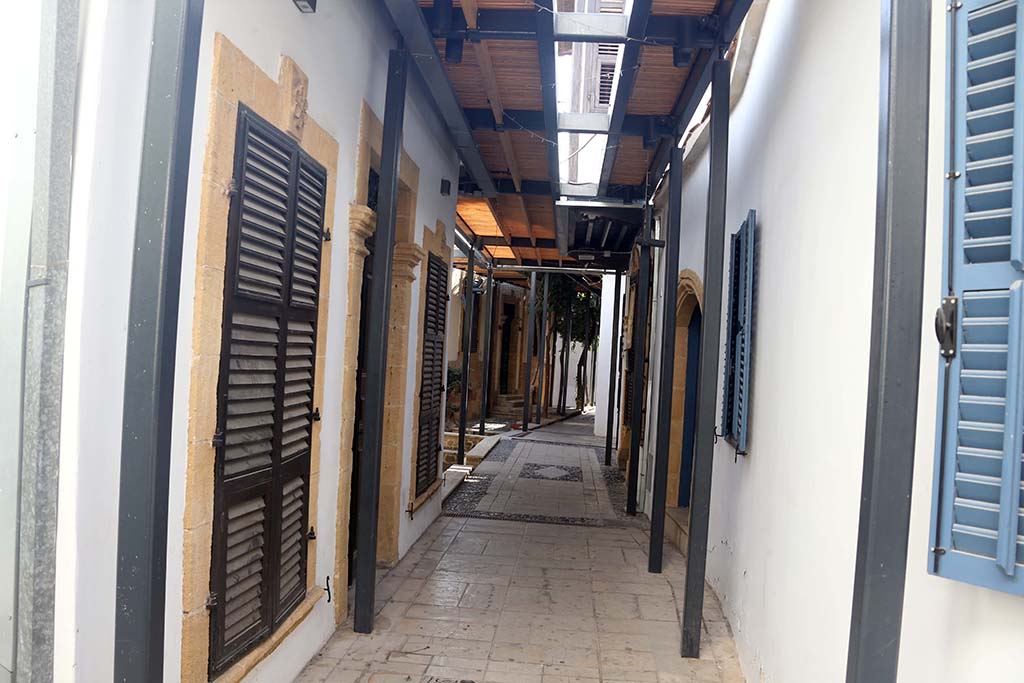
Designed in traditional style by architect Pefkios Georgiades, the newly pedestrianised quarter was always intended as a commercial (as opposed to residential) development, its aim being to showcase local culture and create an impression of old Cyprus.
“Shops selling traditional products, restaurants, coffee shops, craft centres, galleries, artisan workshops and other establishments make up this unique area,” says a 2017 book on Demetriades’ 30-year sojourn as mayor.
“There were, of course, some isolated critics, who referred to the project as a ‘fake stage set’,” admits the book.
“Still, the undeniable fact was that the area was developed… and thousands of visitors lent their presence every day to this new space, which had been so degraded in previous years.”
Laiki Yitonia always had a touch of the theme park – but it also operated as a real, living village within the city.
“It’s before my time, but from what I’ve heard there were people making musical instruments, weaving baskets, making things with clay,” Savvas Kyriacou – who runs the Coffee Therapy (Old City) café on Aristokyprou street, on the fringes of Laiki Yitonia – told the Cyprus Mail.
He recalls a clothes shop, “and there was a loom inside the shop,” with a woman demonstrating the loom for tourists. There was a café and two restaurants. Early on, he adds, there was even a bank and a police station.
What’s more, says Kyriacou, “when Laiki Yitonia started there were both tourists and Cypriots [visiting]. Of course that was before the malls, it was before a lot of things. Everyone came down to the centre then.”
The project was a roaring success.
“During my time as municipal engineer, it was doing superbly,” says Dinos Constantinou – meaning a good couple of decades, since Constantinou (who worked as municipal engineer during the construction of Laiki Yitonia) remained in the post till 2001.
Yet today, the area is eerily quiet, enlivened only by rather puzzled groups of tourists who pass through briefly, looking in vain for something to do.
There are two souvenir shops selling the usual fabrics, fridge magnets, Cyprus-emblazoned aprons and bits of jewellery. Diachroniki gallery is still there (ironically, its name translates to ‘Timeless’), partly because it’s useful for directing traffic to its bigger shop, also in the old town.
The buildings still look handsome, the municipality having upgraded their facades a few years ago. Almost all, however, are shuttered.
“Just the other day,” recalls Kyriacou, “some tourists came by, and they asked my wife: ‘Why is Nicosia such a sad town?’.”
The reasons for the slow disintegration of Laiki Yitonia are manifold.
Some of the decline was inevitable. The traditional artisans grew old, retired, and proved impossible to replace. Craftsmen have their workshops, and won’t relocate without good reason.
“It’s not easy to find a weaver, or a bronze engraver, who’ll move here permanently,” notes architect Agni Petridou, who worked for the Nicosia masterplan and later as municipal engineer from 2010-17.
Times changed in general. The city sprawled, and heading down to the old town no longer came as naturally. Shopping malls opened. As the flow of customers thinned, tenants at Laiki Yitonia began cutting corners.
“The other question is, what are you selling?” says Petridou. It should’ve been traditional Cypriot products – but gradually they were joined by mass-produced stuff from abroad. Standards dropped. The dreaded ‘tourist menu’ made an appearance. As shops emptied, neighbours started using them as storerooms, adding to the general dinginess.
Then came the endless roadworks. Then came migrants, turning parts of the old city into a ghetto. Then came Covid – at which point the main restaurant of Laiki Yitonia closed, and never re-opened.
Kyriacou, you might say, represents the neighbourhood as it is today – barely hanging on, working 14 hours at the coffee shop just to make a living, his customers being almost entirely Erasmus students and the Syrian and African workers who live nearby and stop for a coffee and snack before heading to work in the early morning.
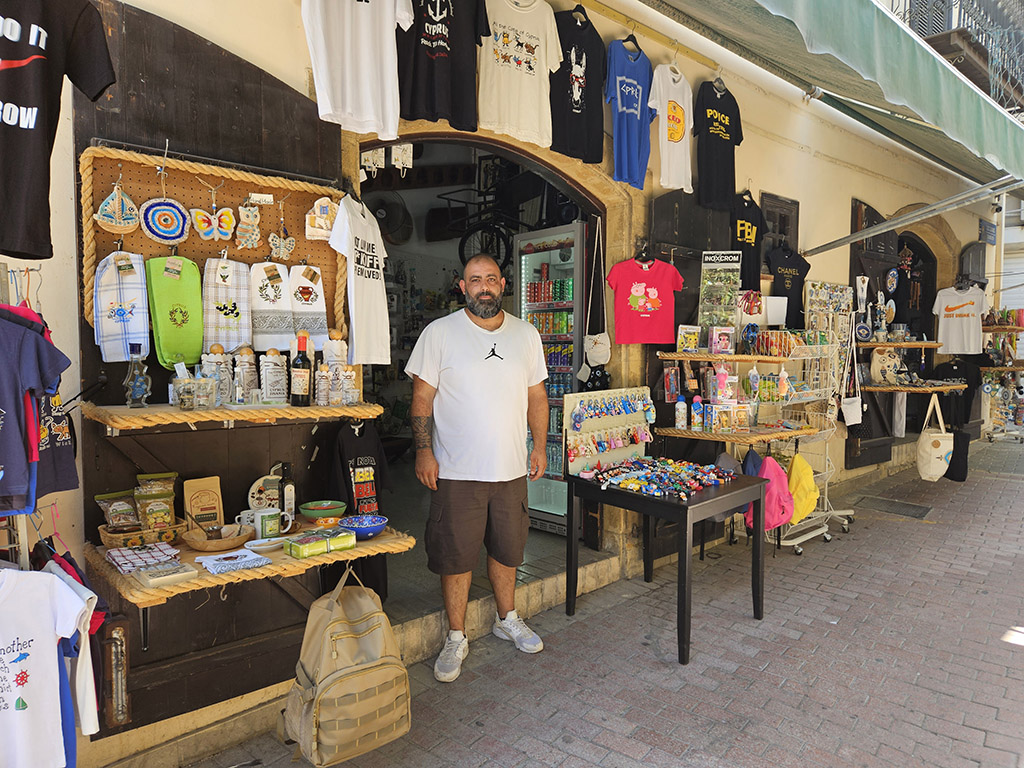
On the other side of Laiki Yitonia, however, 35-year-old Marinos Georgiou – who runs a souvenir shop on Solonos street – represents a possible future.
Georgiou opened his shop just two months ago. Before that, it was still a souvenir shop, but had been shut for two years. He admits he gets very few customers. Just across the street, however, is a building that’s being turned – like so many buildings in the old town – into student accommodation.
“I’m going to wait and see what happens,” he told the Cyprus Mail, hoping that the students – when and if they arrive – will bring life back to the neighbourhood. And if life comes back, he reasons, “whatever you’re selling, when there’s people around they’re going to buy.”
“It takes patience… It’ll take a year, a year and a half, for sure, before we see any real difference to the area.”
Kyriacou agrees, trusting that the dorms, when complete (the one near Georgiou is supposed to be finished this month), will transform the whole “texture” of the old town.
The rumour going round, however, is that the municipality has largely given up on Laiki Yitonia, and is looking for a strategic investor to take it off its hands.
Prountzos denies this – but agrees that the former crown jewel is in terminal decline, and believes that the shops’ use “as souvenir shops and so on has reached the end of its cycle”.
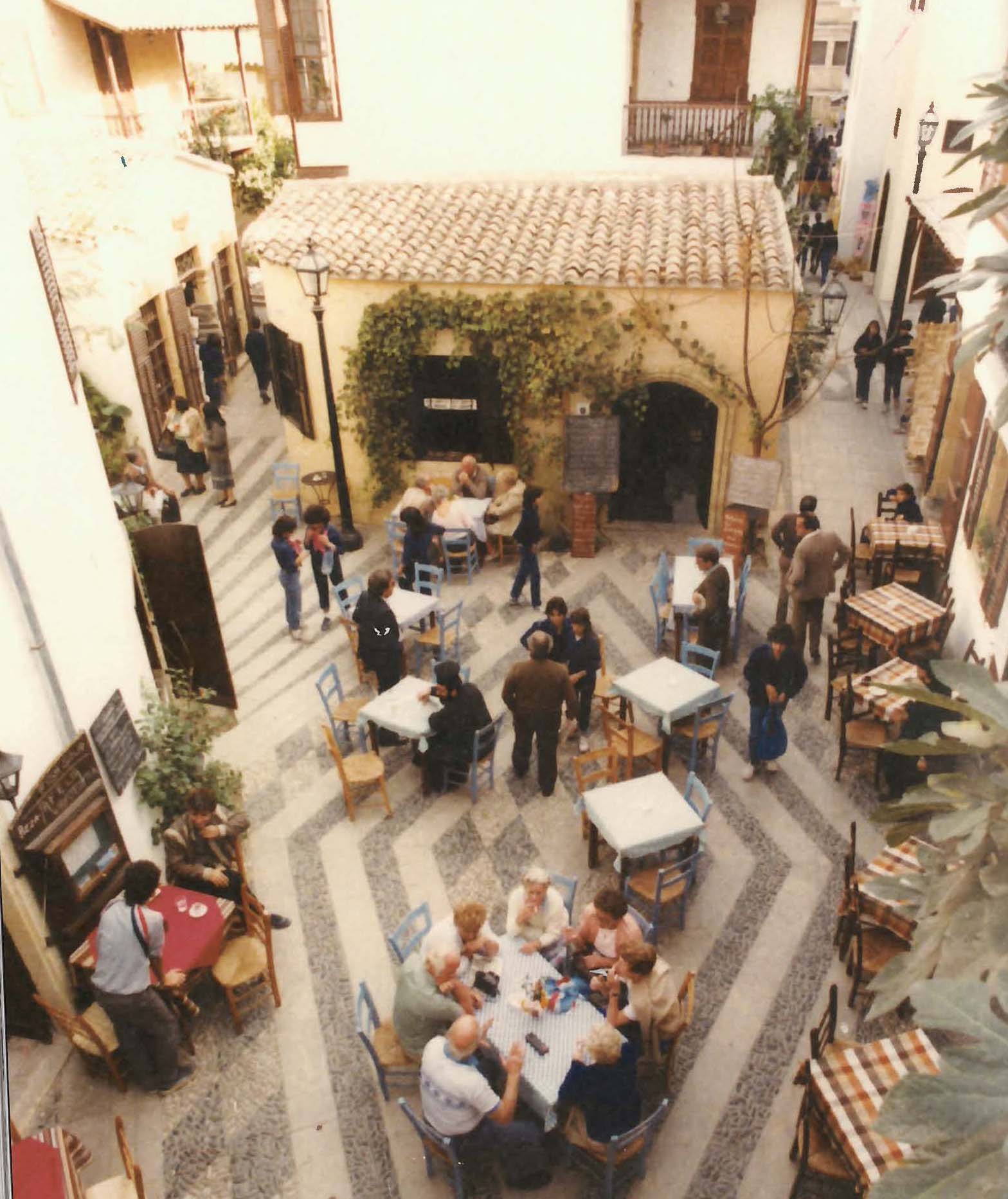
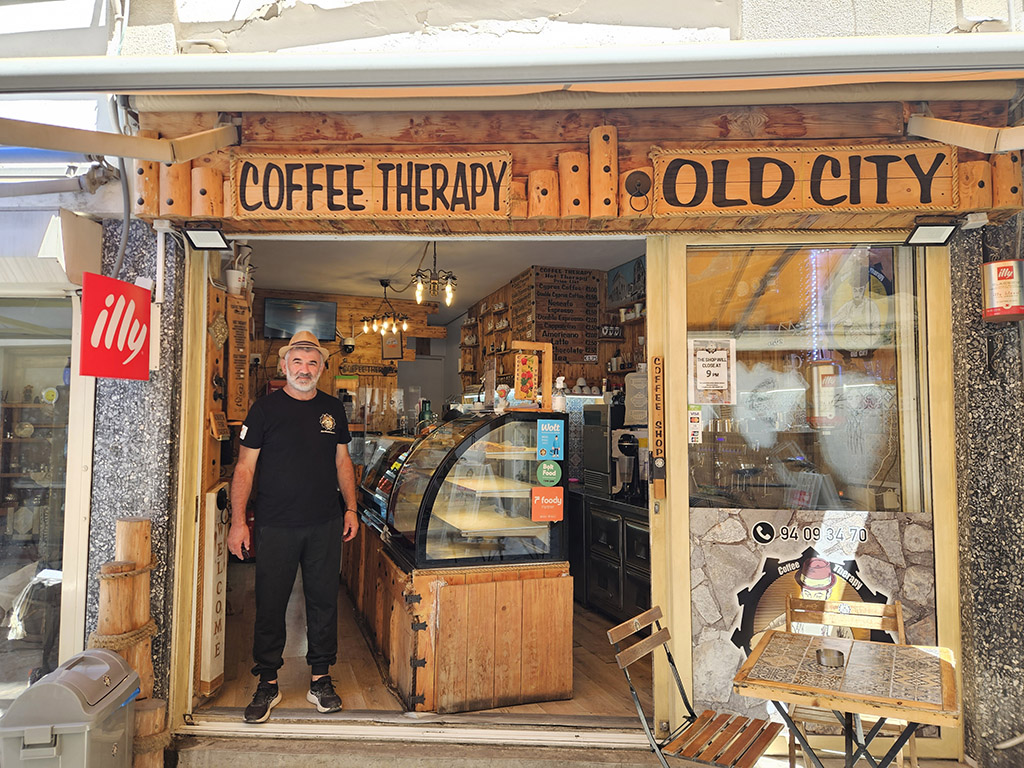
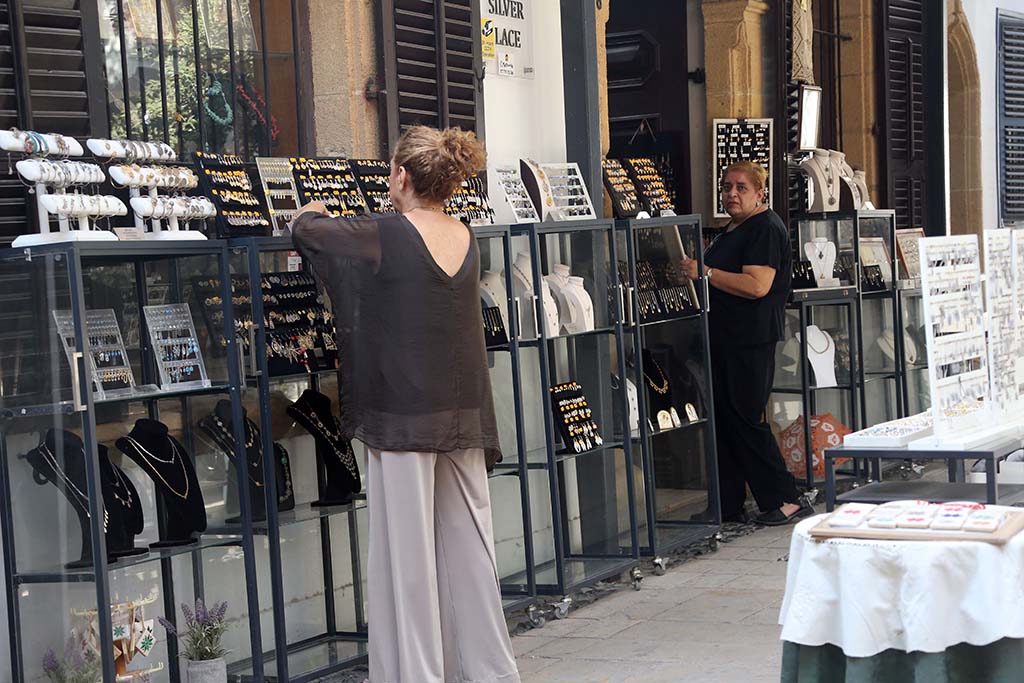
The current plan, he says – clearly related to the hoped-for influx of students, though he doesn’t say so – is to solicit offers for hospitality venues, like cafés and restaurants. Most of the shops don’t meet licensing standards, however, and the municipality can’t afford to fix them up – hence the decision to turn them over to the ministry, with its greater resources.
“We never said we’re going to sell Laiki Yitonia,” he insists. “On the contrary, we want to keep the historic-centre character of Laiki Yitonia. But we need to be realistic.”
The mayor sounds determinedly upbeat – but it’s clear that the next chapter in the neighbourhood’s history could go either way.
What if the ministry does decide to seek a strategic investor? The municipality has to give its consent, says Prountzos (that’s the deal) – but would it really dig its heels in, especially with the area sitting there sad and empty? And what if the strategic investor does decide to spruce it up a bit, make it funkier and less… well, traditional?
The whole thing could turn into a case of ‘We had to destroy Laiki Yitonia in order to save it’. Still, the mayor doesn’t mince words.
“I believe, to be completely honest,” he says, “that Laiki Yitonia, as we knew it in the 80s, can’t be resurrected.”

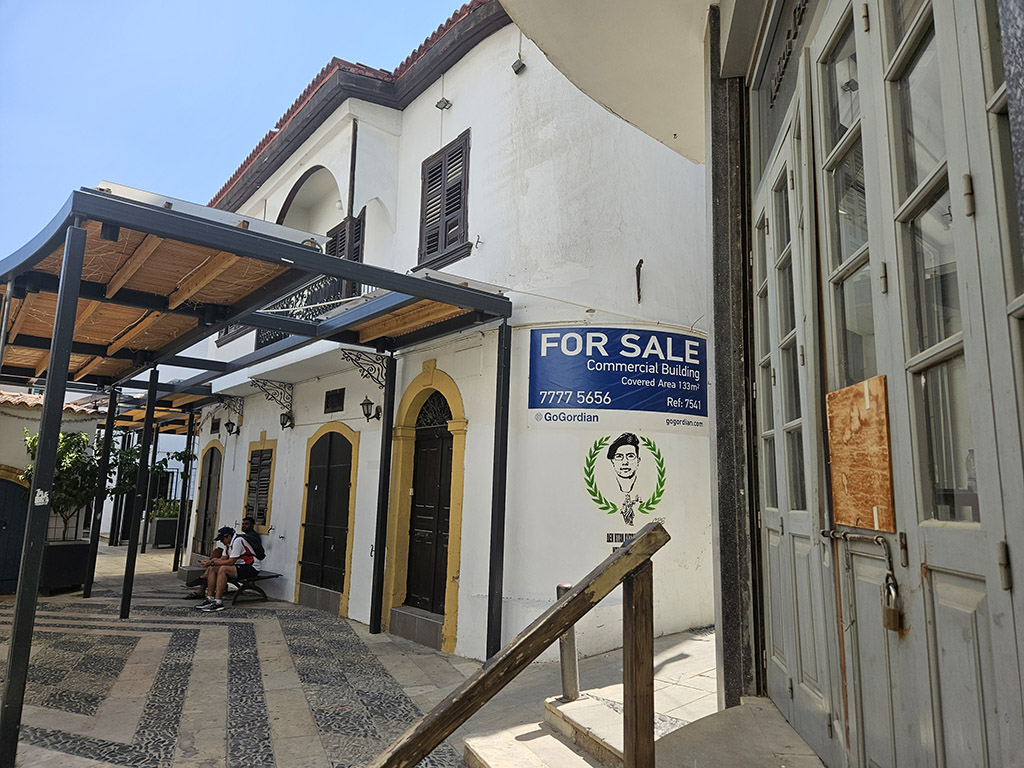
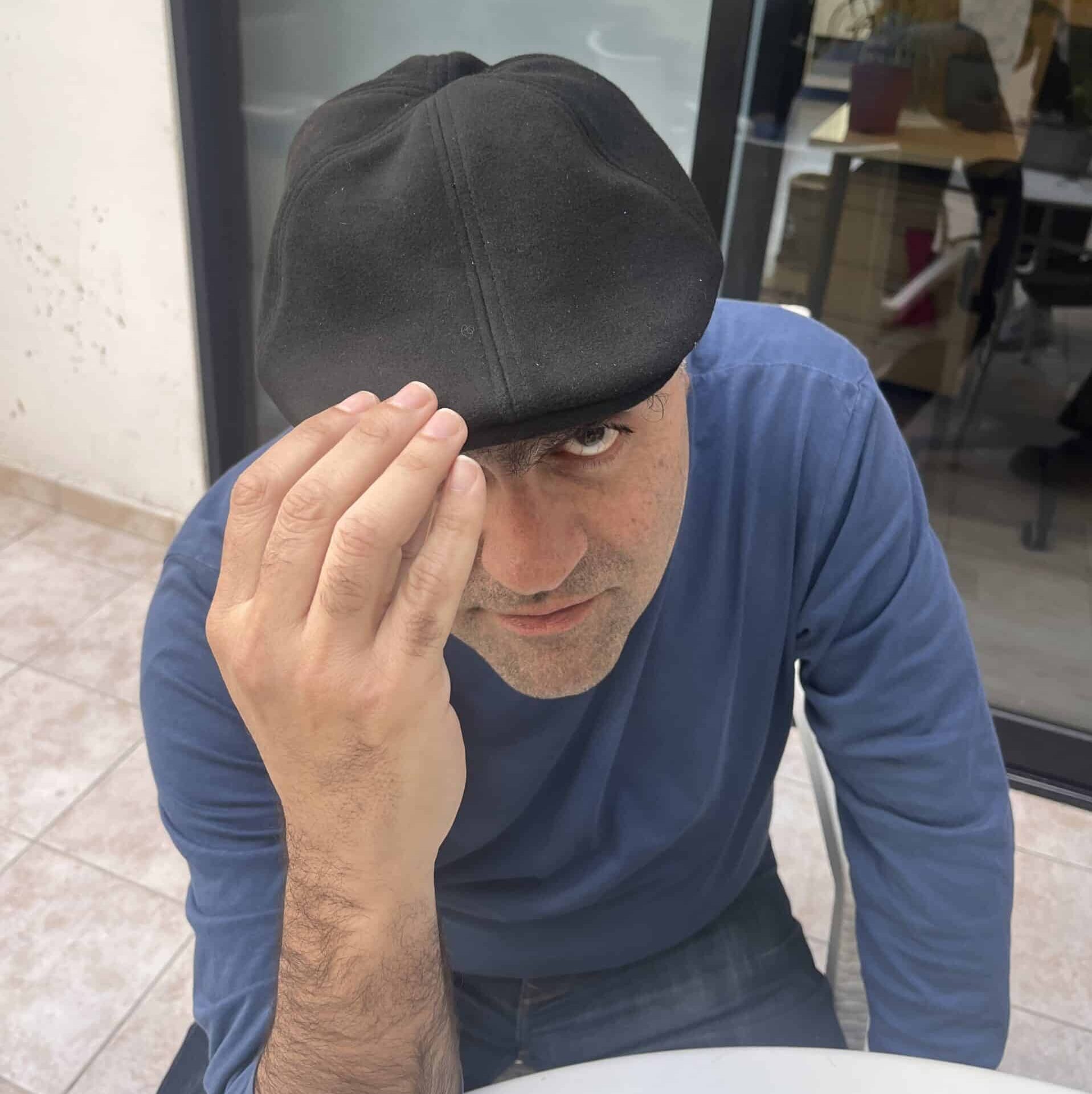

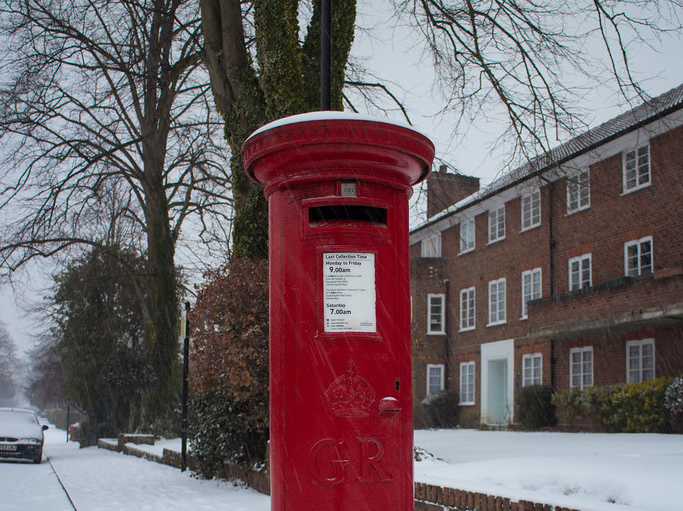
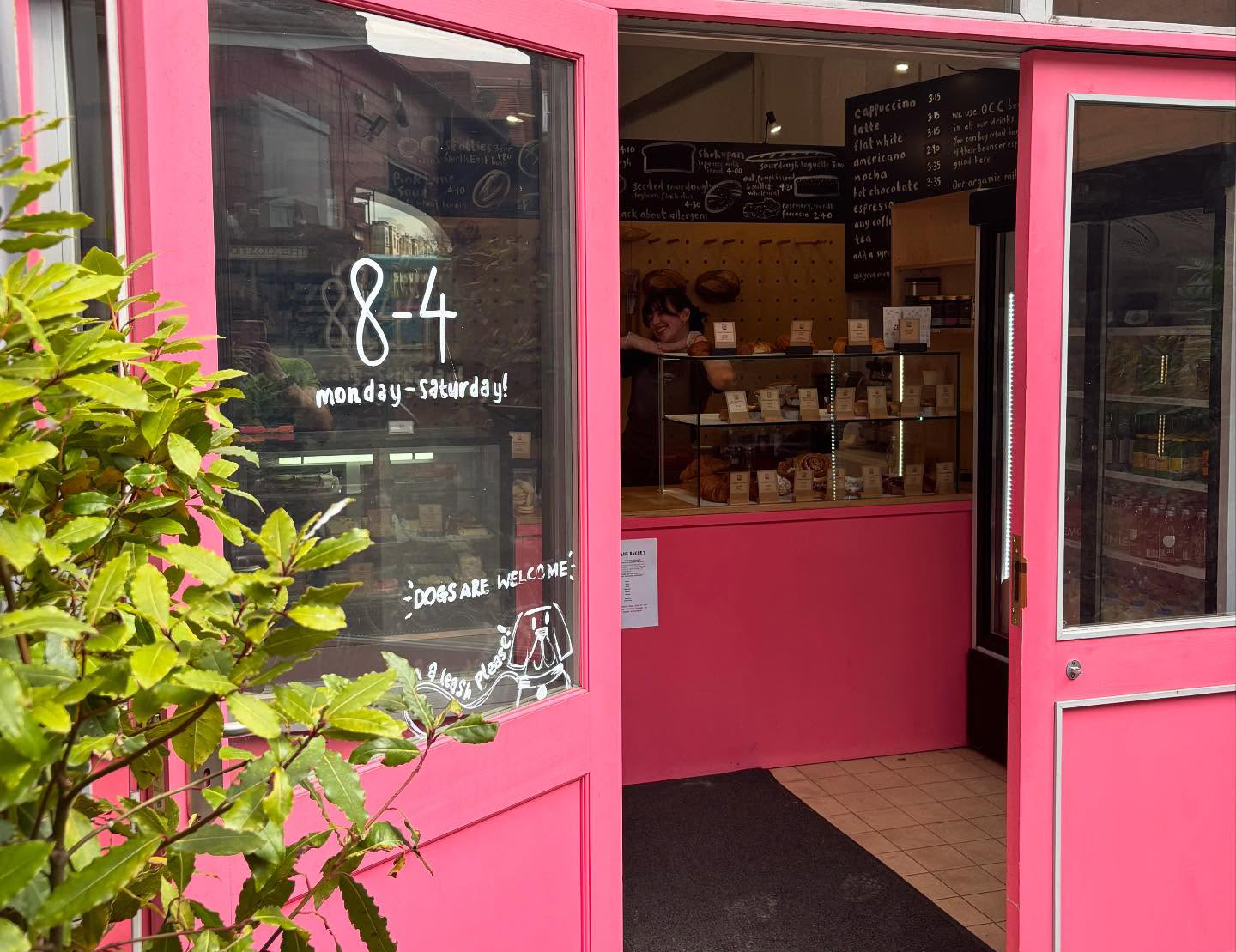
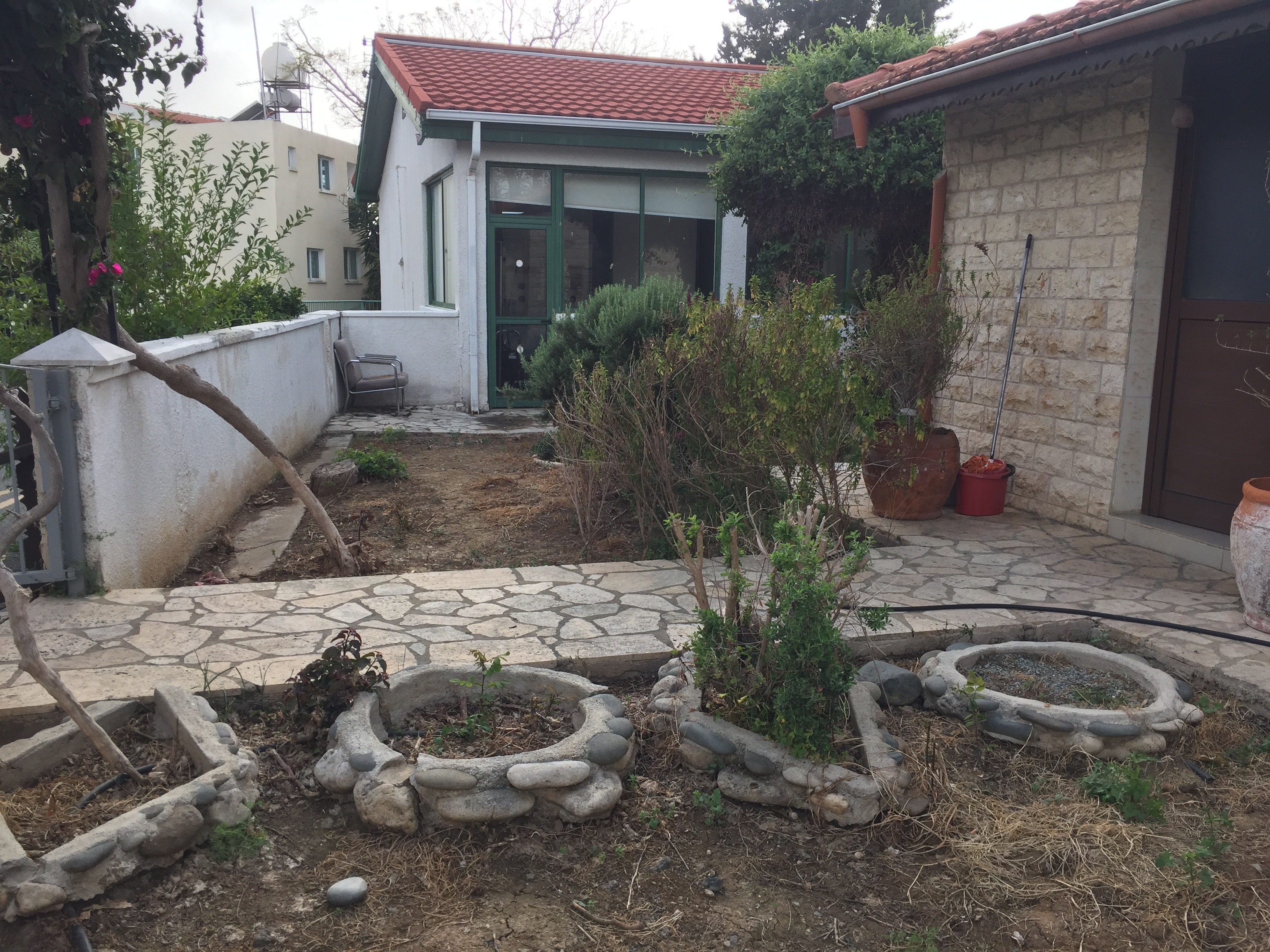
Click here to change your cookie preferences